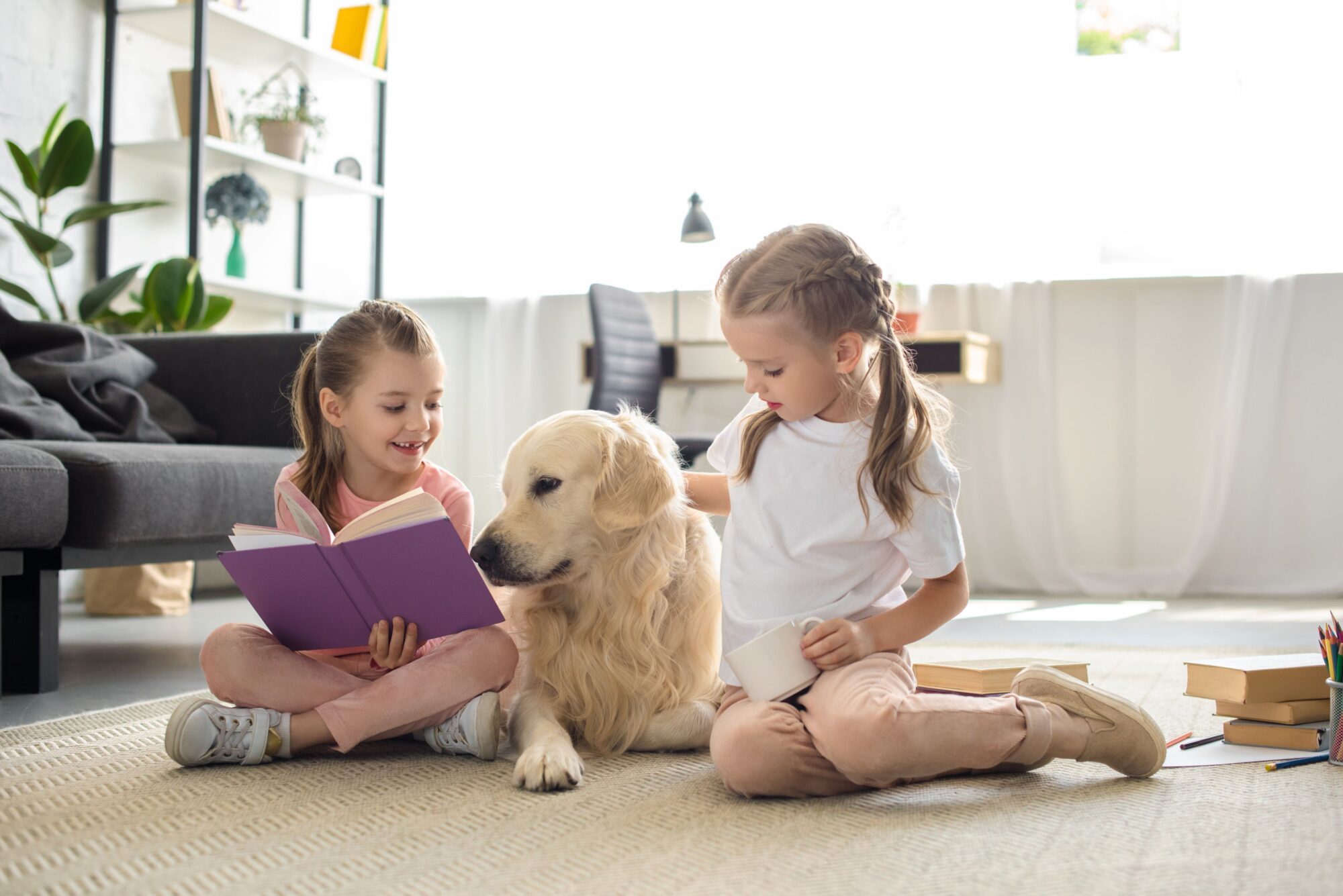Back to School: Puppy Training Basics

It’s that time of year—the air is getting a little crisper, pumpkin spice lattes are on the horizon, and the kids are back in school. It’s also a great time to get back to the ABCs and 123s of puppy training. At Bayside Animal Hospital, school is back in session, and we have plenty of puppy training tips for you to review.
Puppy Training 101
When embarking on a puppy training (or really anything training) journey, it is important to understand positive reinforcement. Positive reinforcement means rewarding your student immediately after a behavior occurs. This increases the chances that it will be repeated in the future. This type of training has been shown over and over to be a very effective way to train your pet.
For most puppies, food is a great reward. Play, attention, and/or toys can also be a great reward.
Keeping positive reinforcement training practices in mind when engaging in teaching everything from basic commands to housebreaking to crate training can help you to create consistent responses from your puppy.
In essence, you want to reward the behaviors that you do want (positive reinforcement), ignore the behaviors that you don’t want so they go away (called extinction), and when those things aren’t possible, you need to change the environment and situation so that they are possible.
A Note About Socialization
One of the most important things that you can do with your puppy is to ensure appropriate socialization. Many owners interpret this as getting out and meeting other puppies, and, while this is part of the process, it’s not everything!
Puppies have a window between three and fourteen weeks of age known as their socialization window. During this time, their brain is very open to learning about new experiences and being sure to expose them to many different stimuli can help to increase confidence and minimize fear and anxiety.
During your puppy’s socialization window be sure to:
- Allow friendly play with other healthy, vaccinated dogs of various sizes
- Introduce to friendly members of other species
- Allow your pet to meet calm, friendly people of all ages, races, and sizes
- Expose your pet to common sounds like thunder, power tools, and alarms
- Let them see potentially scary objects like children’s toys, umbrellas, and bicycles with a positive reward
- Have them walk on various surfaces such as grass, concrete, tile, etc.
- Handle all parts of their bodies including paws, ears, and mouth
Once the socialization window closes, these experiences are still valuable. If you are lucky enough to get to take advantage of this special period, though, embrace it!
Puppy Behavior Problems
When training a puppy, there are a few common puppy behavior problems that most pet owners encounter. The same basic principles tend to apply—reward the good behaviors, ignore the bad, and change your circumstances if the first two things aren’t possible.
- Biting and nipping: Puppies often bite or nip as a matter of playing or seeking attention. Consistency is key here, and you can learn to redirect the behavior to more appropriate ways to express themselves.
- Potty training problems: House training can be a slow process and patience is important. Sometimes, though, potty training problems happen.
- Trouble with leash training: Walking on a leash doesn’t come naturally to dogs, and leash training your puppy can be quite the task.
- Chewing: Puppies go through teething as their adult teeth come in, and chewing is a natural way for them to cope with this. Chew toy training can help you to redirect unwanted chewing and replace this behavior with more appropriate outlets.
- Separation anxiety issues: It is natural for your pet to want to be with you, but the anxiety that ensues when this desire reaches an unmanageable level can be difficult. Dealing with separation anxiety is an important part of training.
Of course if you are having trouble, don’t forget to contact us for help. We are here to help in your pup’s education.


